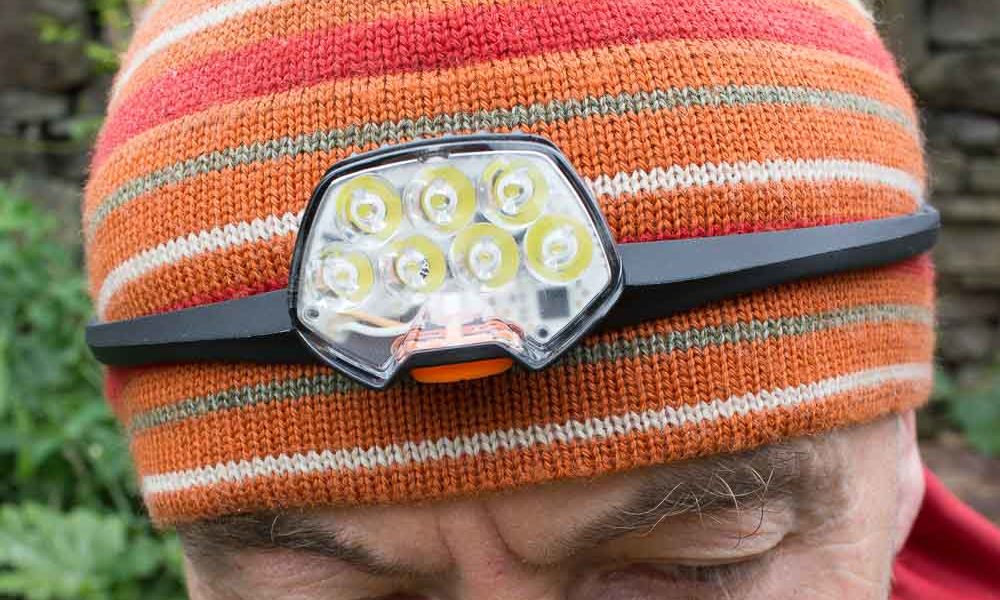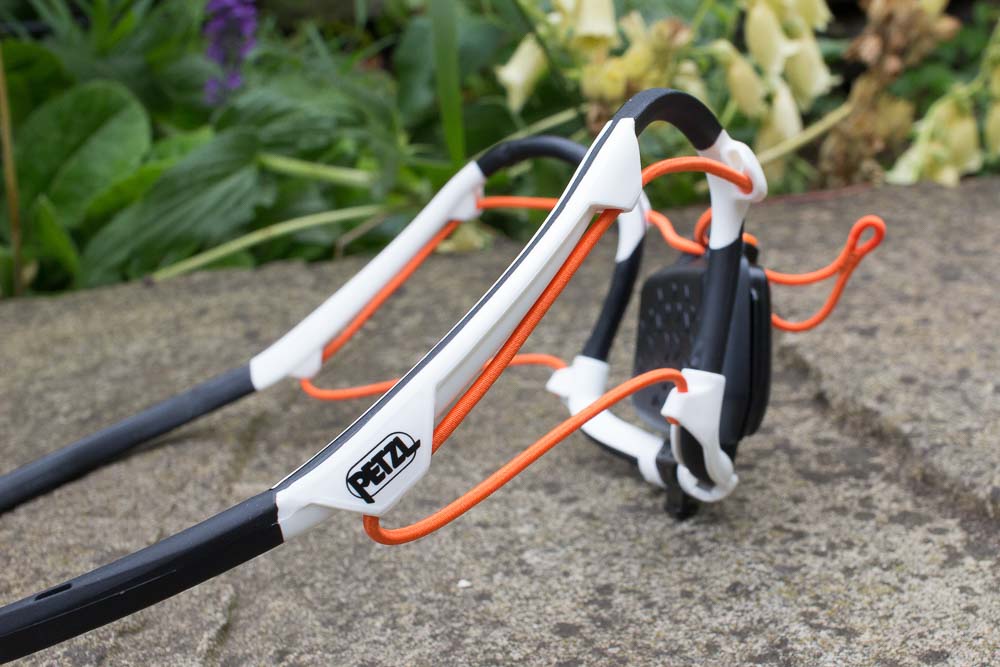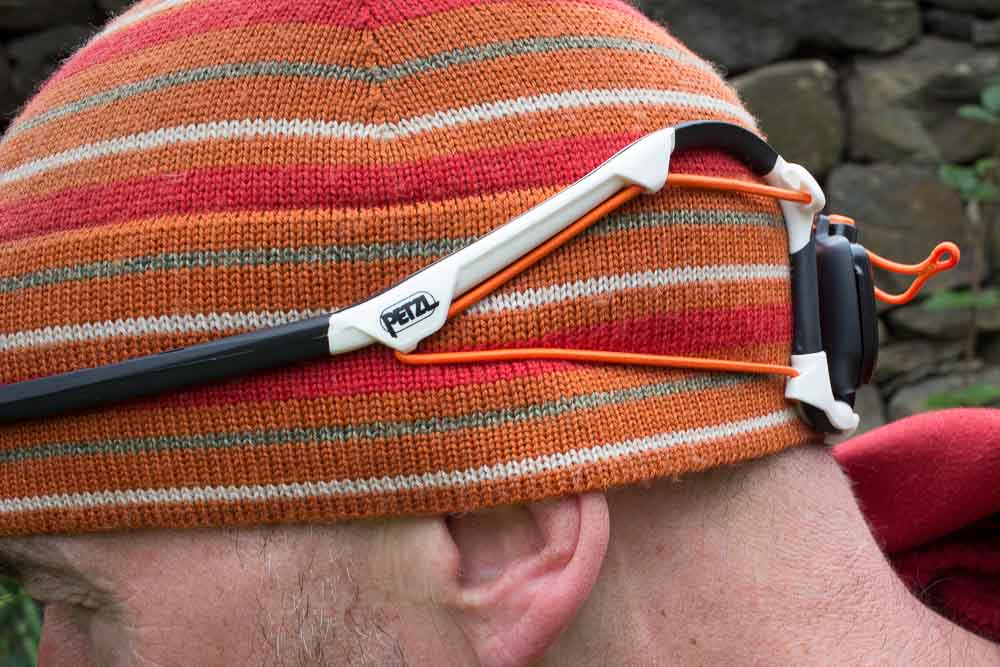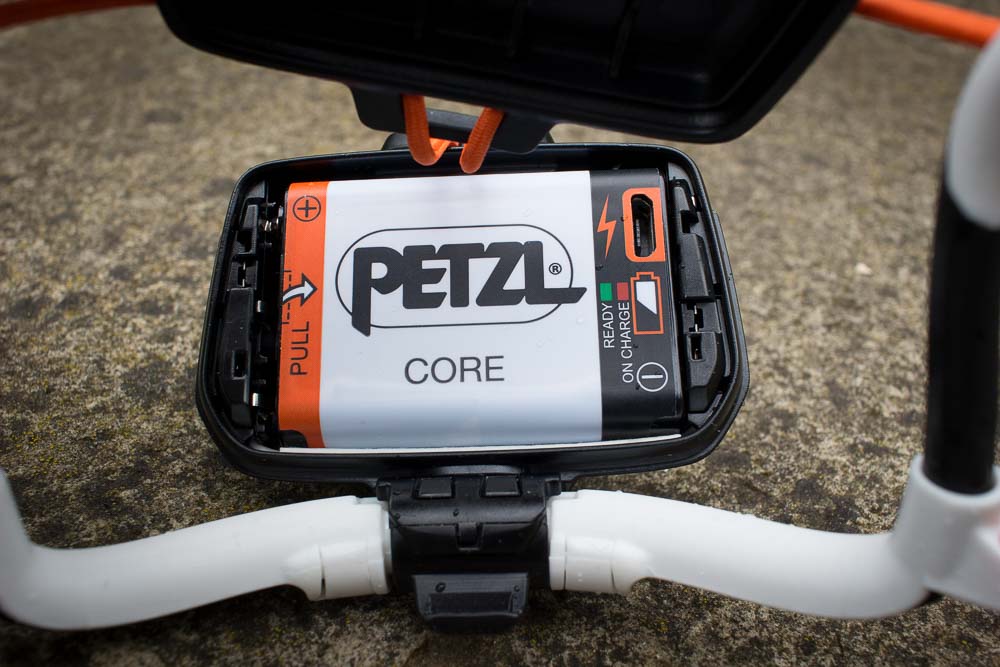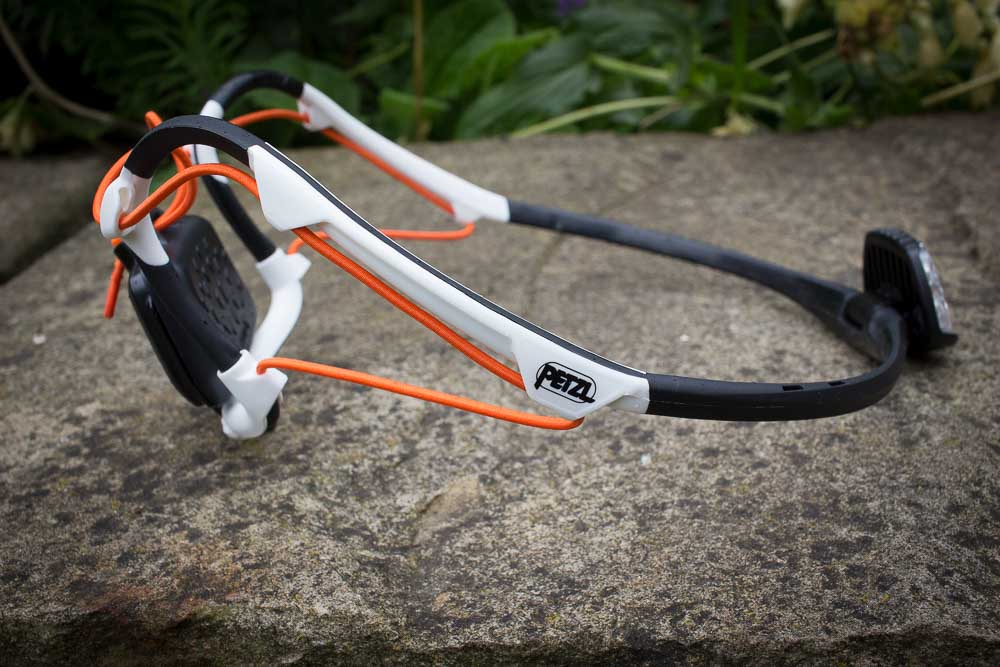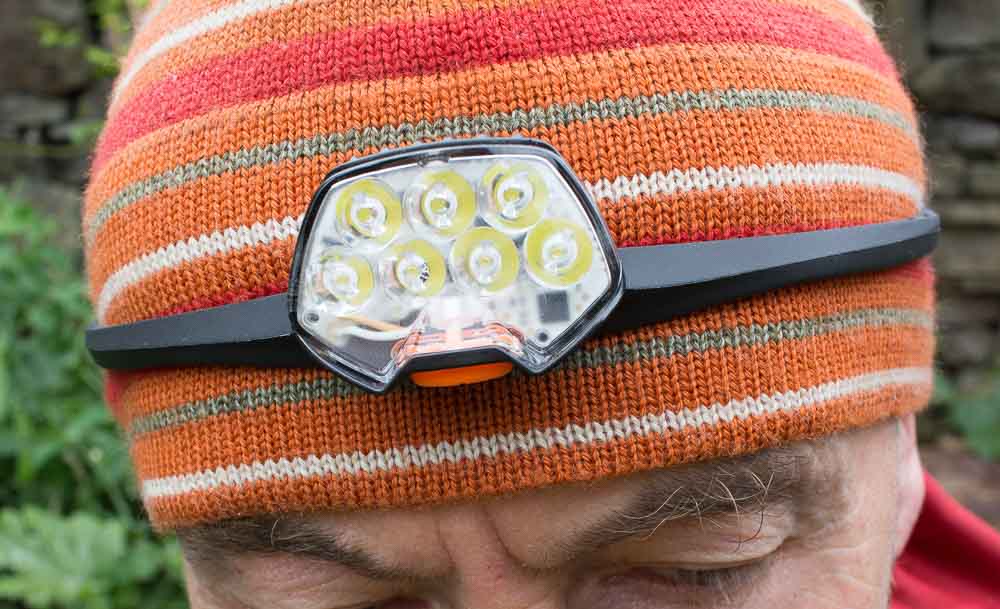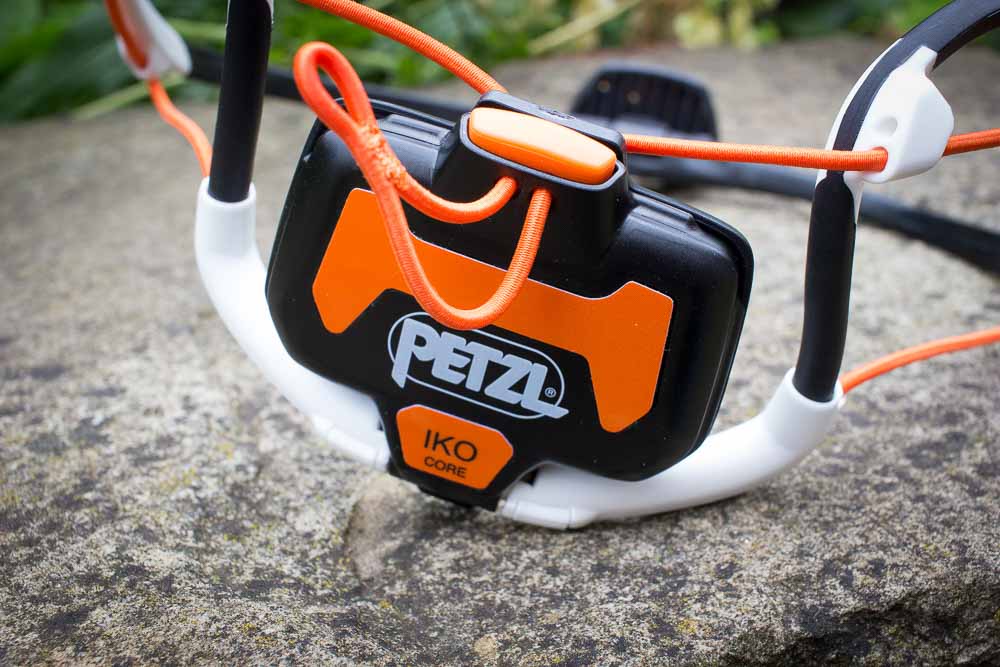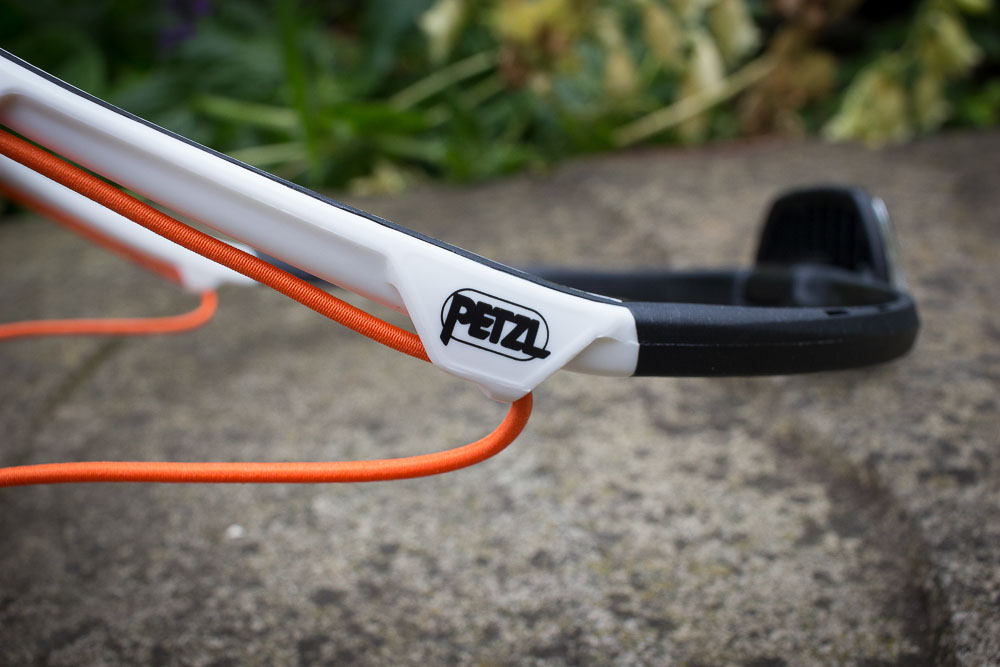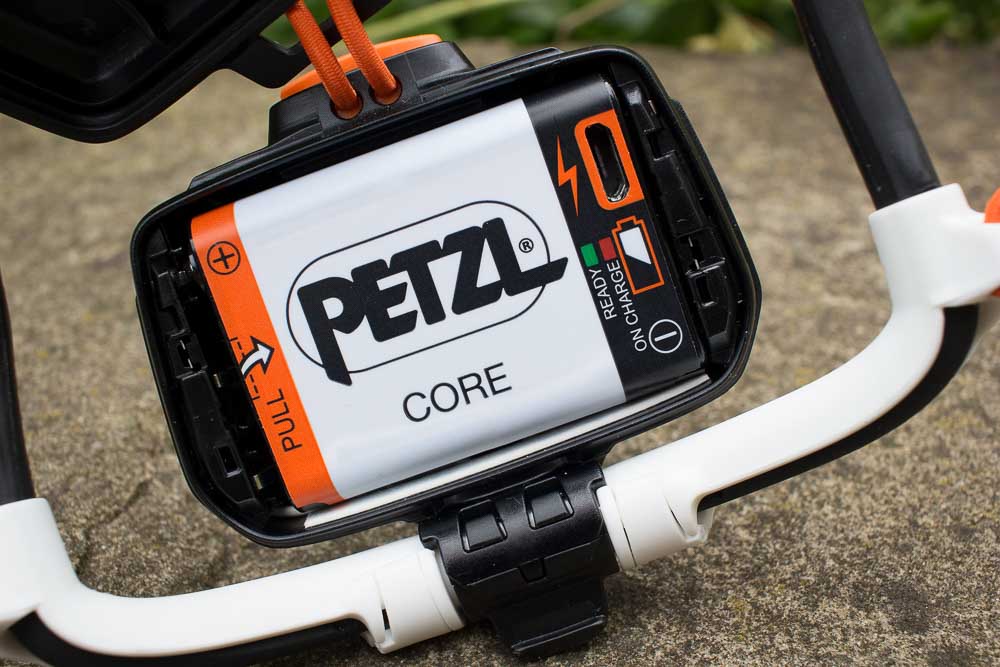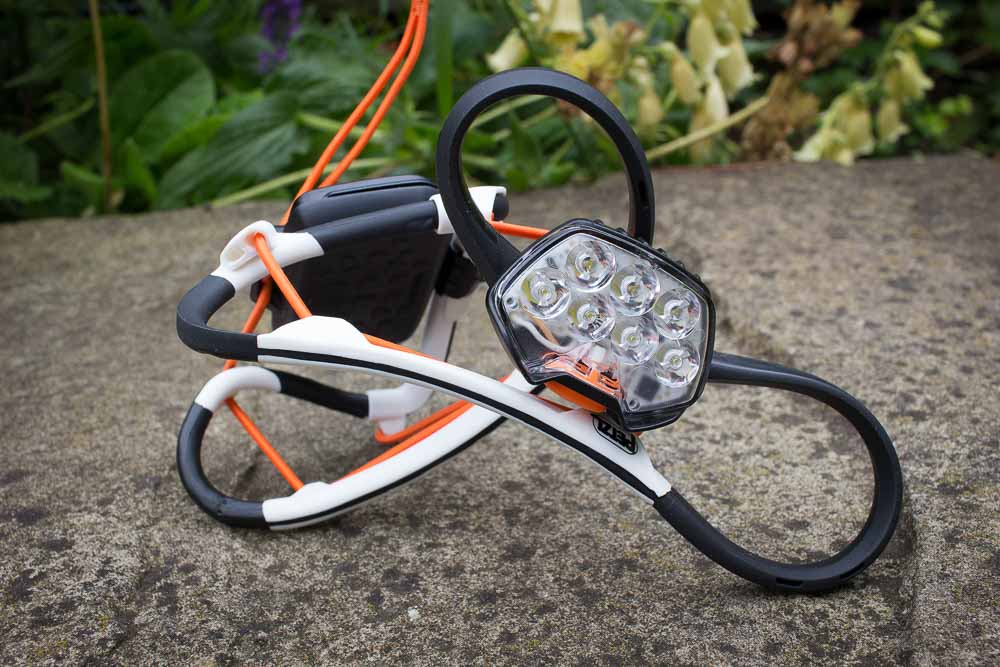Jon Duran tries out a futuristic-looking new headtorch from Petzl...
The radical new IKO CORE headtorch looks like nothing else out there – well it does, it looks a bit like a Klingon battle cruiser in miniature – but not like any other headtorch.
The bottom line figures are 79g, 500 lumens and up to 100 hours burn time. It looks so different that initially we struggled to work out which way up it sits and how to open the battery compartment so we could insert the rechargeable CORE battery unit. Rather than using a conventional stretchy fabric headband, the IKO has an ergonomically-sculpted, semi-rigid, AIRFIT chassis that looks like a slice out of a bike helmet cradle. It sits really stably on the head helped by its light weight and the weight being balanced between the front light unit and the rear battery pack.
Petzl says you don’t need to cinch it up tightly either, it’ll still stay in place. Once you’ve worked out which way up the IKO sits, it perches neatly on your noggin with the battery box sat below the nobble on the back of your head and adjustment easily done using the integral shock cord. If, like me, you have somewhat short hair – or no hair at all – it isn’t the most comfortable feeling torch ever. The thinness and stiffness of the cradle is slightly obtrusive. With a beanie on though, it was transformed and I barely knew it was there. I’m guessing a luxuriant barnet would have the same effect.
As a bonus, the slim frame means that in hot weather, there’s less skin covered by a sweaty headband and nothing to absorb that sweat and get damp and nasty. All in all, it’s impressively stable and planted with no nodding or slipping and so light and balanced that you barely notice that it’s there. It will also, it says here, work with all Petzl climbing helmets.
The light head is another departure for Petzl with seven LEDs mounted on a simple vertical plate. There are three light settings – low, medium and high – and two beam patterns. Stick it on high and you get a 500-lumen ‘wall of light’ that’s ideal for night running and walking. There’s not much penetration to the beam, so arguably less application for climbers. Interestingly Petzl doesn’t really say who the torch is aimed at, but so far, I’d say runners who want a stable, very lightweight, but decently bright torch with a running-friendly floody output.
Outputs, if you’re interested are 6 lumens, 100 lumens and 500 lumens with claimed burn times of 100, 9, and 2h 30 respectively. On the two brighter settings, you also get a ‘reserve’ back-up to get you home in safety. There’s a simple integral power gauge LED too.
What else? It’s more stashable than it looks because you can simply scrunch it up and stow it in the supplied translucent stuff-bag. And as a bonus, if you then switch it on, it works as a cunning tent lantern.
As well as the CORE version, there’s also a bog standard IKO which uses three AAA batteries and gives a reduced output of 350 lumens. That costs £57.50 as opposed to £76.50 for the CORE, but you can covert one into the other simply by fitting a CORE battery or vice versa, which is a nice touch. The stock IKO weighs 90 grammes.
Verdict
Once you get past the weird looks and slightly odd feel if you have buzz-cut hair – I do – the IKO CORE is a pretty hot mix of light weight, mad stability on the head and impressive brightness for the weight. It’s not as outright bright as the Nao+ or the Swift RL, but it’s a lot lighter and less obtrusive than either of those big hitters. Plus the floody beam on high in particular is just right for running use in particular. And if you need more than 2 hours 30 of burn times, just buy a spare CORE and bingo, your burn time is doubled. I’d also happily use it for walking, but I’d like a little more penetration for climbing use where you may need to pick out a route above or identify an abseil station in the dark.
Downsides? It’s not cheap. And it’s not 100% waterproof. Overall though, it might look a little gimmicky, but early signs are that it works impressively well.


